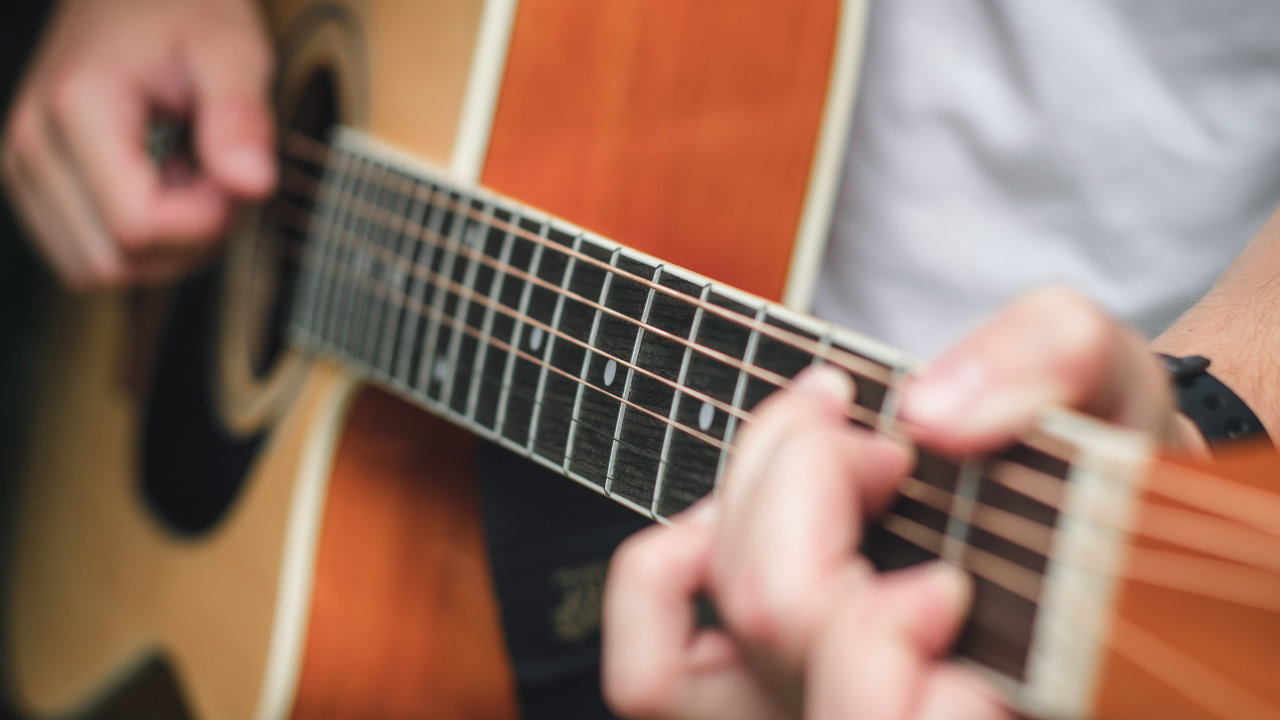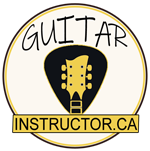
Learning to play guitar is an exciting journey filled with endless possibilities and opportunities for self-expression.
However, like any skill, it takes time and dedication to become a proficient guitarist. As a beginner, it is natural to encounter some challenges and roadblocks.
These obstacles can feel frustrating and discouraging, but it is important to remember that everyone goes through them. These common problems are an essential part of the learning process. With the right guidance and practice, they can be overcome.
5 Common Problems Beginner Guitarists Have
In this article, we will discuss three of the most common problems beginner guitarists face and provide tips and solutions to help you overcome them. By addressing these issues head-on, you can progress and become the guitarist you aspire to be. So, let’s dive in and discover how to tackle these challenges and continue your musical journey with confidence and determination.
Struggling to memorize chord shapes
One common challenge that many beginner guitarists face is needing help to memorize chord shapes. Learning and remembering the chord shapes can be overwhelming, especially when starting.
It can be frustrating to constantly refer to chord charts or need help transitioning between chords smoothly.
However, it is possible to overcome this obstacle with consistent practice and a systematic approach. Breaking complex chords into smaller parts and practicing them individually can help build muscle memory and familiarity with the finger positions.
Difficulty switching between chords smoothly
One particular challenge beginner guitarists often encounter is difficulty transitioning smoothly between chords. This issue can hinder the flow and rhythm of a song, making it sound disjointed and amateurish.
Mastering the art of seamlessly switching between chords requires both coordination and muscle memory.
A key technique to address this challenge is to practice chord changes slowly and deliberately, focusing on the correct finger placement and maintaining a relaxed hand position.
Gradually increase the speed as you become more comfortable, ensuring that each chord change is clean and precise.
Trouble with strumming and rhythm
Another common problem beginner guitarists often need help with is strumming and rhythm.
Developing a sense of timing and groove can be challenging, especially when coordinating strumming patterns with chord changes.
This can result in a lack of fluidity and a disjointed sound. It is important to start with the basics to improve your strumming and rhythm skills. Begin by practicing simple strumming patterns at a slow tempo, focusing on consistency and accuracy.
Gradually increase the speed as you become more comfortable. Practicing with a metronome or backing track is also beneficial to develop a strong sense of timing.
Not knowing how to tune properly
One prevalent issue beginner guitarists often encounter is needing to learn how to tune their instruments properly.
A guitar that is not in tune can greatly affect the overall sound and playability, leading to frustration and a lack of confidence. To address this problem, learning the proper techniques for tuning your guitar is essential.
One common method is using an electronic tuner, which provides accurate readings and makes the tuning process straightforward.
Additionally, developing an ear for tuning can greatly benefit your skills as a guitarist. Training your ears to identify pitch discrepancies and adjusting the strings accordingly will enable you to maintain the correct tuning even without the aid of a tuner.
Learning and practicing proper tuning techniques will ensure that your guitar sounds its best and set the foundation for your musical journey.
How to read guitar tablature?
When delving into the world of guitar playing, one skill essential for every beginner guitarist to master is reading guitar tablature, commonly known as tabs.
Tabs provide a simplified way of notating music for the guitar, allowing you to recreate melodies, chords, and solos without reading traditional sheet music. To read the guitar tablature, you will typically find six horizontal lines representing the guitar’s six strings.
Each line corresponds to a specific string, with the bottom line representing the thickest string (low E) and the top line representing the thinnest string (high E). Numbers on the lines indicate which frets to press down on the corresponding strings, allowing you to play specific notes and chords.
By familiarizing yourself with the layout and symbols used in guitar tablature, you can learn and play your favorite songs easily and precisely.
Conclusion
As a professional musician, I have seen many beginner guitarists struggle with similar issues. However, with dedication, patience, and proper guidance, these problems can be overcome.
Whether mastering chord changes, developing finger strength, or staying consistent with practice, remember that progress takes time and effort. Keep practicing and seeking advice from experienced guitarists, and soon, you will see improvement in your skills.
Don’t let these common problems discourage you from pursuing your passion for playing the guitar. You can overcome obstacles and become a skilled guitarist with determination and a positive attitude. So keep strumming and never give up on your musical journey.
FAQ
What common challenges do beginner guitarists often face when learning to play?
Some common challenges beginner guitarists often face when learning to play include finger pain and discomfort, difficulty with chord changes and transitions, strumming and picking techniques, understanding music theory, and staying motivated and consistent with practice.
How can beginner guitarists overcome the problem of finger soreness and hand fatigue?
Beginner guitarists can overcome finger soreness and hand fatigue by gradually building finger strength and stamina through regular practice. It is important to start with shorter practice sessions and gradually increase the duration.
What are some effective strategies for beginner guitarists to improve their strumming and rhythm skills?
Some effective strategies for beginner guitarists to improve their strumming and rhythm skills include practicing with a metronome, starting with simple strumming patterns and gradually increasing complexity, focusing on accuracy and consistency, experimenting with different strumming techniques and patterns, learning songs with distinct rhythm patterns, and seeking guidance from a guitar teacher or online tutorials.
Consistent practice and patience are key to developing these skills, and it’s important to start slow and gradually build up speed and complexity. Recording yourself and listening back can also help identify areas for improvement.
How can beginner guitarists overcome the difficulty of transitioning between chords smoothly?
Beginner guitarists can overcome the difficulty of transitioning between chords smoothly by practicing regularly and focusing on proper finger placement and technique.
It is important to start with simple chord progressions and gradually increase the difficulty as proficiency improves. Breaking down each chord change into smaller, manageable steps can also help. Slow and deliberate practice, using a metronome if needed, can aid in developing muscle memory and coordination.
What common mistakes do beginner guitarists make when learning to play, and how can they be avoided?
Some common mistakes that beginner guitarists make when learning to play include improper hand positioning, neglecting to practice proper technique, and not learning to read music.
These mistakes can be avoided by taking proper lessons or online tutorials to learn proper hand positioning and technique, practicing regularly with a metronome to develop a sense of rhythm, and dedicating time to learn music theory and how to read sheet music.



